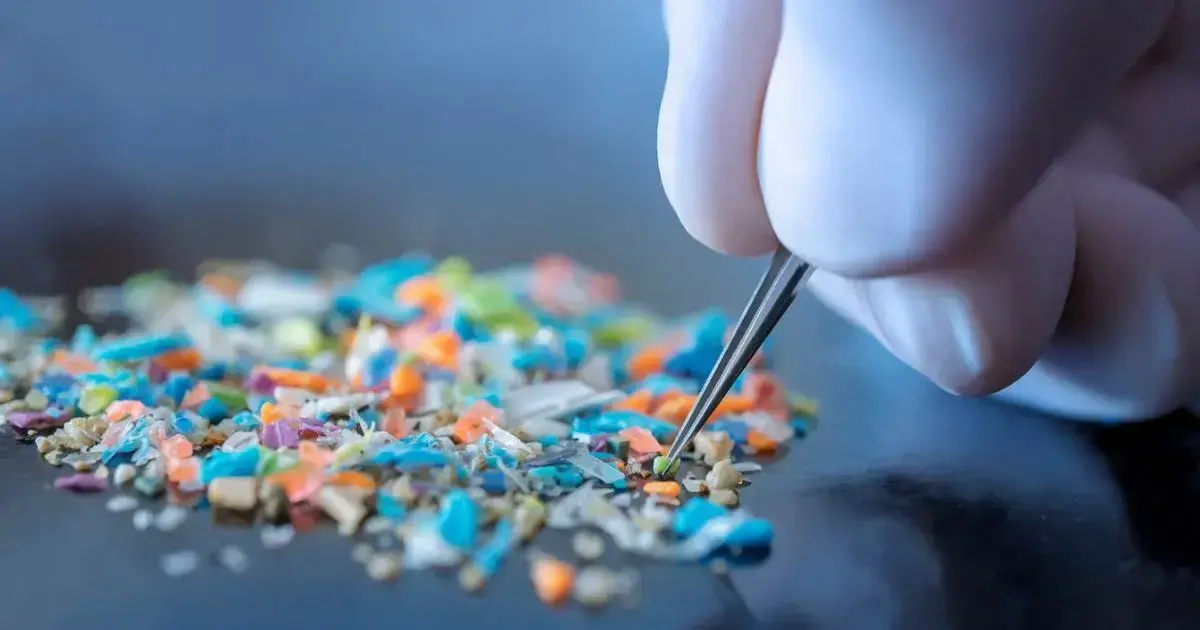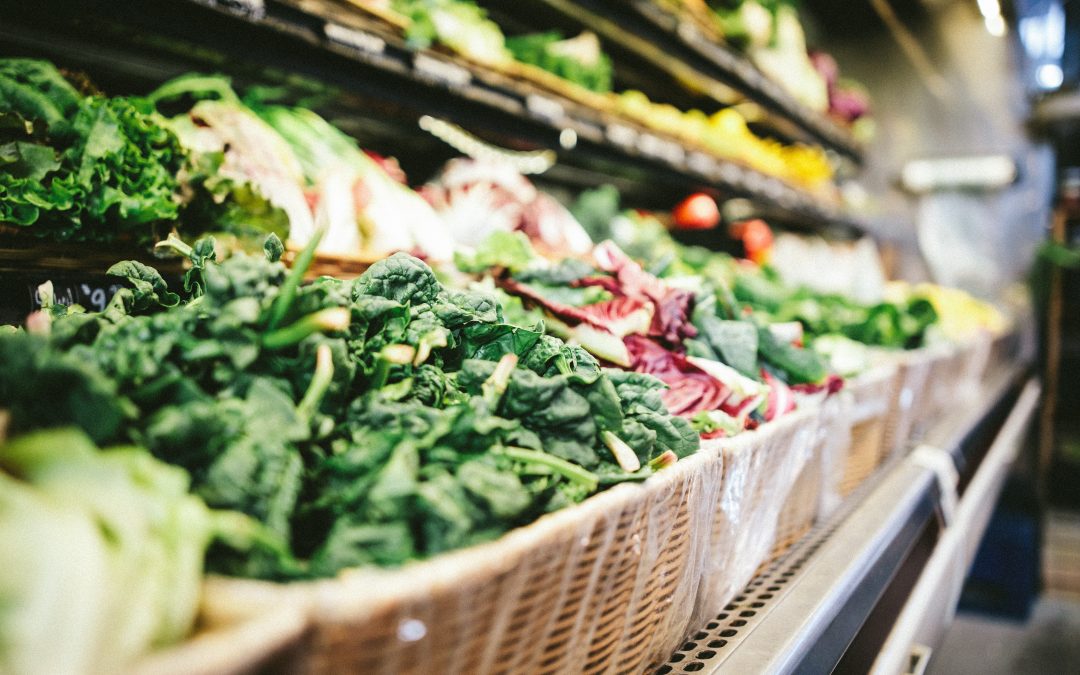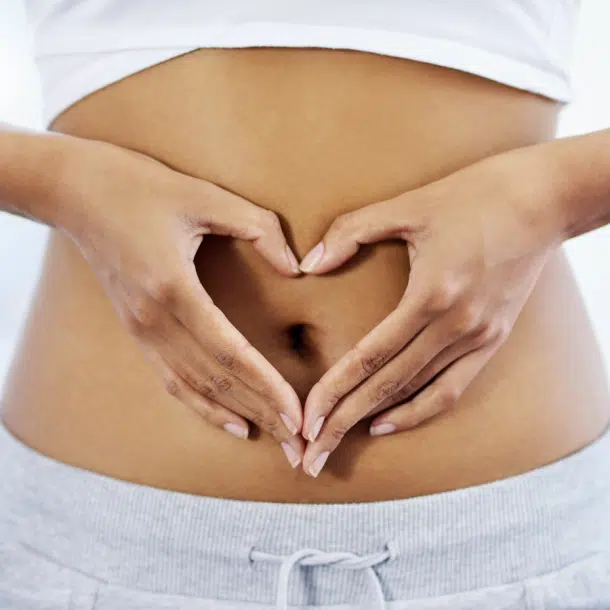In recent years, microplastics have emerged as a significant environmental concern, capturing the attention of scientists and the general public alike. These tiny plastic particles, often less than 5 millimeters in size, are ubiquitous in our environment. They originate from a variety of sources, including the breakdown of larger plastic debris, microbeads in personal care products, and synthetic fibers from clothing. As microplastics infiltrate ecosystems, their potential impact on human health, particularly gut health, begs further examination.
Microplastics are now found in almost every corner of the globe, from remote ocean depths to urban landscapes. Their persistence in the environment raises questions about their long-term effects, especially as they enter the human food chain. As we delve deeper into the relationship between microplastics and gut health, it is crucial to understand the pathways through which these particles reach our bodies and the potential risks they pose to our digestive systems.
The Link Between Microplastics and Gut Health
The gut is home to a complex ecosystem of microorganisms, collectively known as the gut microbiome. This dynamic community plays a crucial role in maintaining our overall health by assisting in digestion, producing essential nutrients, and supporting our immune system. However, the introduction of foreign substances like microplastics can disrupt this delicate balance, leading to adverse effects on gut health.
Recent studies suggest that microplastics may adhere to the intestinal walls, inducing inflammation and potentially altering the gut microbiome’s composition [1-4]. These changes can have far-reaching implications, as an imbalance in the gut microbiome has been linked to various health conditions, ranging from gastrointestinal disorders to metabolic diseases.
How Microplastics Affect the Gut Microbiome
The gut microbiome is a vital component of our digestive system, influencing numerous physiological processes. When microplastics are introduced, they may interfere with the microbiome’s stability, leading to several potential health issues. The presence of microplastics in the gut can result in an inflammatory response, which may disrupt the natural equilibrium of gut bacteria. Additionally, the physical characteristics of microplastics, such as their size and surface properties, may contribute to their ability to interact with intestinal cells and microbial communities.
The disruption of the gut microbiome by microplastics can lead to a decrease in beneficial bacteria and an increase in harmful strains [1,2]. This shift in microbial composition may impair the gut’s ability to function effectively, affecting nutrient absorption, immune response, and even mood regulation [3,4]. Understanding these interactions is crucial for developing strategies to protect gut health in the face of microplastic exposure.
The Role of Probiotics in Mitigating Microplastic Impact
Probiotics, live microorganisms that confer health benefits, may offer a promising avenue for mitigating the negative effects of microplastics on gut health [5]. By enhancing the gut microbiome’s resilience, probiotics can help maintain a balanced microbial environment, even in the presence of foreign substances like microplastics.
In addition, probiotics can promote the growth of beneficial bacteria which can help restore the gut microbiome’s natural balance, supporting its essential functions. This can be particularly beneficial in reducing inflammation and enhancing the gut’s barrier function, protecting it from harmful invaders.
Incorporating probiotics into the diet, whether through supplements or fermented foods, may serve as a protective measure against microplastic-induced gut disturbances. While more research is needed to fully understand the extent of probiotics’ efficacy in this context, their role in supporting gut health remains a promising area of exploration.
Current Research on Microplastics and Gut Health
The scientific community is actively investigating the impact of microplastics on gut health, with numerous studies underway to unravel the complex interactions between these particles and our digestive system. Current research encompasses a wide range of disciplines, from toxicology to microbiology, as scientists strive to understand the mechanisms underlying microplastic-induced gut disturbances.
Recent findings suggest that microplastics may not only damage the gut lining but also act as carriers for various chemicals and pathogens. This dual threat underscores the need for comprehensive research to assess the full extent of microplastics’ impact on human health. Animal studies have provided valuable insights, revealing potential pathways through which microplastics can induce gut inflammation and alter microbial communities.
As the field of microplastics research continues to evolve, collaboration among scientists, policymakers, and industry stakeholders will be essential to develop effective strategies for mitigating their health risks. By advancing our understanding of microplastics and gut health, we can pave the way for informed public health interventions and policy decisions.
Microplastics in Food and Water: Sources and Exposure
Microplastics have infiltrated our food and water supply, raising concerns about their potential impact on human health [1]. These tiny particles can enter the food chain through various pathways, including:
- Marine Life: Microplastics are ingested by marine organisms, such as fish and shellfish, which are then consumed by humans.
- Agricultural Practices: The use of plastic mulch and irrigation can introduce microplastics into soil and crops.
- Water Supply: Microplastics have been detected in both tap and bottled water, as well as in beverages like tea and beer.
The widespread presence of microplastics in our food and water highlights the need for awareness and action to minimize exposure. Understanding the sources and pathways of microplastics can help inform strategies to reduce their presence in our diets and mitigate associated health risks.
Health Risks Associated with Microplastics in the Gut
The potential health risks posed by microplastics in the gut are a growing concern, with research suggesting several adverse effects [1-4]. These risks may include:
- Inflammation: Microplastics can trigger an inflammatory response in the gut, leading to discomfort and potentially contributing to inflammatory bowel diseases.
- Toxicity: Microplastics may carry toxic substances, such as heavy metals and persistent organic pollutants, which can harm gut health.
- Microbial Imbalance: The presence of microplastics can disrupt the gut microbiome, impairing its ability to perform essential functions and increasing susceptibility to infections.
Understanding these health risks is crucial for developing effective strategies to protect gut health from microplastic exposure. By addressing the root causes of microplastic pollution and implementing protective measures, we can mitigate the potential impact on our digestive systems.
The health implications of microplastics underscore the importance of ongoing research and public awareness. By staying informed and taking proactive steps to reduce microplastic exposure, we can safeguard our gut health and overall well-being.
Strategies to Reduce Microplastic Exposure
Reducing microplastic exposure is a critical step in protecting gut health. Here are some strategies to consider:
- Choose Plastic-Free Products: Opt for products with minimal plastic packaging and avoid items containing microbeads.
- Support Sustainable Practices: Advocate for sustainable agricultural practices and support companies committed to reducing plastic waste.
- Filter Your Water: Use water filters that can effectively remove microplastics from tap water.
These strategies can help minimize microplastic exposure and mitigate potential health risks. By making informed choices and advocating for change, we can contribute to a healthier environment and protect our gut health.
Taking action to reduce microplastic exposure is not only beneficial for individual health but also essential for preserving the health of our planet. Together, we can make a difference in addressing the microplastic issue.
Conclusion: Understanding and Addressing the Microplastic Issue
Understanding the impact of microplastics on gut health is crucial for safeguarding our well-being. As we have explored, microplastics can disrupt the gut microbiome, induce inflammation, and pose various health risks. By staying informed and taking proactive steps to reduce microplastic exposure, we can protect our digestive systems and promote overall health.
As individuals, we have the power to make choices that contribute to a healthier environment and reduce the burden of microplastics on our planet. Together, we can address the microplastic issue and work towards a future where our health and the health of our planet are protected from the threats posed by microplastics. Let us take action today for a sustainable tomorrow.
Sources
[1] Bora, S. S., Gogoi, R., Sharma, M. R., Anshu, Borah, M. P., Deka, P., Bora, J., Naorem, R. S., Das, J., & Teli, A. B. (2024). Microplastics and human health: unveiling the gut microbiome disruption and chronic disease risks. Frontiers in cellular and infection microbiology, 14, 1492759. https://doi.org/10.3389/fcimb.2024.1492759
[2] Nugrahapraja, H., Sugiyo, P. W. W., Putri, B. Q., Ni’matuzahroh, Fatimah, Huang, L., Hafza, N., Götz, F., Santoso, H., Wibowo, A. T., & Luqman, A. (2022). Effects of Microplastic on Human Gut Microbiome: Detection of Plastic-Degrading Genes in Human Gut Exposed to Microplastics—Preliminary Study. Environments, 9(11), 140. https://doi.org/10.3390/environments9110140
[3] Sofield, C. E., Anderton, R. S., & Gorecki, A. M. (2024). Mind over Microplastics: Exploring Microplastic-Induced Gut Disruption and Gut-Brain-Axis Consequences. Current issues in molecular biology, 46(5), 4186–4202. https://doi.org/10.3390/cimb46050256
[4] Hirt, N., Body-Malapel, M. (2020). Immunotoxicity and intestinal effects of nano- and microplastics: a review of the literature. Part Fibre Toxicol 17, 57. https://doi.org/10.1186/s12989-020-00387-7
[5] Bazeli, J., Banikazemi, Z., Hamblin, M. R., & Sharafati Chaleshtori, R. (2023). Could probiotics protect against human toxicity caused by polystyrene nanoplastics and microplastics?. Frontiers in nutrition, 10, 1186724. https://doi.org/10.3389/fnut.2023.1186724
https://oceanservice.noaa.gov/facts/microplastics.html
https://www.sciencedaily.com/releases/2023/05/230524181926.htm
https://hscnews.unm.edu/news/microplastics-in-organs
https://www.ehn.org/microplastics-and-gut-health
https://www.healthshots.com/preventive-care/self-care/how-microplastics-affect-gut-health/
https://www.forbes.com/sites/linhanhcat/2019/03/11/microplastics-hurt-gut-health/
https://www.thronescience.com/learn/microplastics-and-gut-health
https://www.healthspan.co.uk/advice/body/microplastics-and-gut-health-can-probiotics-help/








